The Rich History and Architecture of Sri Talpagiri Ranganathaswamy Temple in Nellore, Andhra Pradesh, India
The Sri Talpagiri Ranganathaswamy Temple is a Hindu temple located in the city of Nellore, in the state of Andhra Pradesh, India. The temple is dedicated to Lord Ranganatha, a form of Lord Vishnu, and is one of the most important pilgrimage sites for Vaishnavites (devotees of Lord Vishnu).
The temple is located on the banks of the Penna River, and it is believed to have been built during the 12th century by the Chola dynasty. The temple underwent several renovations and additions over the centuries, including during the Vijayanagara Empire and the British colonial era.
The Sri Talpagiri Ranganathaswamy Temple is known for its stunning architecture, intricate carvings, and beautiful sculptures. The temple's main sanctum houses the idol of Lord Ranganatha, which is carved out of black stone and measures about 12 feet in length.
The temple complex also includes several smaller shrines dedicated to other Hindu deities, such as Lord Venkateswara, Goddess Lakshmi, and Lord Anjaneya. The temple's gopuram (tower) is a sight to behold, with its intricate carvings and vibrant colors.
The Sri Talpagiri Ranganathaswamy Temple is an important center of worship and a symbol of the rich cultural heritage of Andhra Pradesh. It is visited by thousands of devotees every year, especially during the Brahmotsavam festival, which is celebrated with great pomp and show.
The Penna River is a major river in southern India that flows through the states of Karnataka and Andhra Pradesh. It is approximately 597 km (371 miles) long and originates in the Nandi Hills of Karnataka. The river flows through several districts of Andhra Pradesh, including Anantapur, Kadapa, Chittoor, and Nellore, before emptying into the Bay of Bengal.
The Penna River is an important source of water for irrigation and drinking purposes in the region. There are several dams and reservoirs built on the river, including the Srisailam Dam, the Somasila Dam, and the Kandaleru Dam.
The river basin is home to a diverse range of flora and fauna, including several species of fish, reptiles, and birds. The Penna River and its surrounding areas are also rich in history and culture. The region is home to several important temples, including the Sri Talpagiri Ranganathaswamy Temple in Nellore, and several ancient forts and palaces.
According to legend, the temple was built by a Chola king named Kulothunga Chola I in the 12th century. The king is said to have been a devotee of Lord Ranganatha, and he built the temple to honor the deity. Over the centuries, the temple underwent several renovations and additions, including during the Vijayanagara Empire and the British colonial era.
The temple's architecture is a blend of various styles, including Chola, Vijayanagara, and Nayak. The temple complex includes several smaller shrines dedicated to other Hindu deities, such as Lord Venkateswara, Goddess Lakshmi, and Lord Anjaneya. The temple's gopuram (tower) is particularly impressive, with its intricate carvings and vibrant colors.
The Sri Talpagiri Ranganathaswamy Temple is also known for its association with the legendary poet-saint Thondaradippodi Alwar, who is said to have composed several hymns in praise of Lord Ranganatha at the temple. The temple is considered one of the 108 Divya Desams, a group of ancient temples dedicated to Lord Vishnu that are believed to have been praised by the Tamil Alwar saints.
Today, the Sri Talpagiri Ranganathaswamy Temple is an important center of worship and a symbol of the rich cultural heritage of Andhra Pradesh. It is visited by thousands of devotees every year, who come to offer their prayers and seek the blessings of Lord Ranganatha.

 Delhi to Bhopal Road Trip - The very first day of our 14 days long trip through east coast of India || Noida to Rameshwaram
Delhi to Bhopal Road Trip - The very first day of our 14 days long trip through east coast of India || Noida to Rameshwaram The Majestic Brihadeeshwara Temple: A Glimpse into the Architectural Brilliance of Thanjavur in Tamilnadu, India
The Majestic Brihadeeshwara Temple: A Glimpse into the Architectural Brilliance of Thanjavur in Tamilnadu, India
 Unlocking the Treasures of Saraswati Mahal Library in Thanjavur, Tamilnadu || Exploring India's oldest and most fascinating collection of manuscripts
Unlocking the Treasures of Saraswati Mahal Library in Thanjavur, Tamilnadu || Exploring India's oldest and most fascinating collection of manuscripts
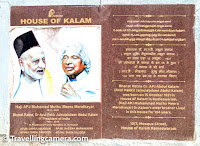 Exploring the Legacy of Dr. APJ Abdul Kalam at House of Kalam: A Journey through His Life and Achievements
Exploring the Legacy of Dr. APJ Abdul Kalam at House of Kalam: A Journey through His Life and Achievements
 Hotel Gokulam and Golden Minerva Coffee Cafe in Madanapalle, Andhra Pradesh, India || The town that provided us great food and a comfortable night stay
Hotel Gokulam and Golden Minerva Coffee Cafe in Madanapalle, Andhra Pradesh, India || The town that provided us great food and a comfortable night stay
 Exploring the Architectural Marvels and Historical Significance of Arulmigu Ramanathaswamy Temple in Rameshwaram, Tamilnadu : A Spiritual Journey Through Time
Exploring the Architectural Marvels and Historical Significance of Arulmigu Ramanathaswamy Temple in Rameshwaram, Tamilnadu : A Spiritual Journey Through Time
 Embracing the Serenity of Sunrise: Exploring Dhanushkodi in the Early Hours of the Morning | Tamilnadu Diaries
Embracing the Serenity of Sunrise: Exploring Dhanushkodi in the Early Hours of the Morning | Tamilnadu Diaries


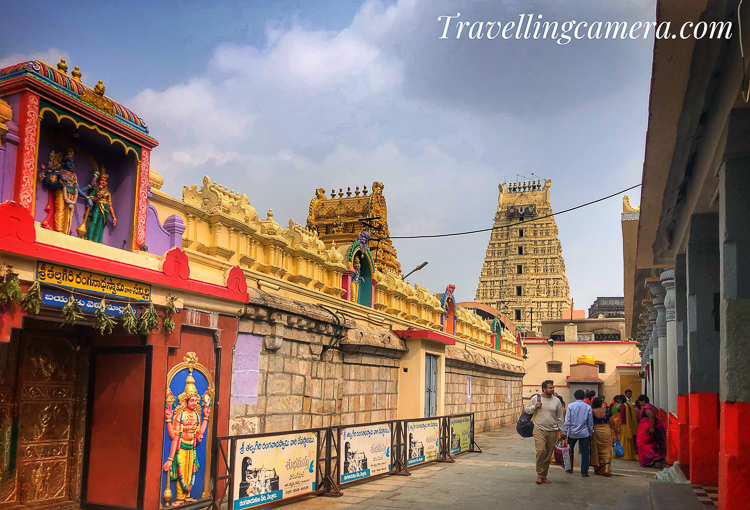


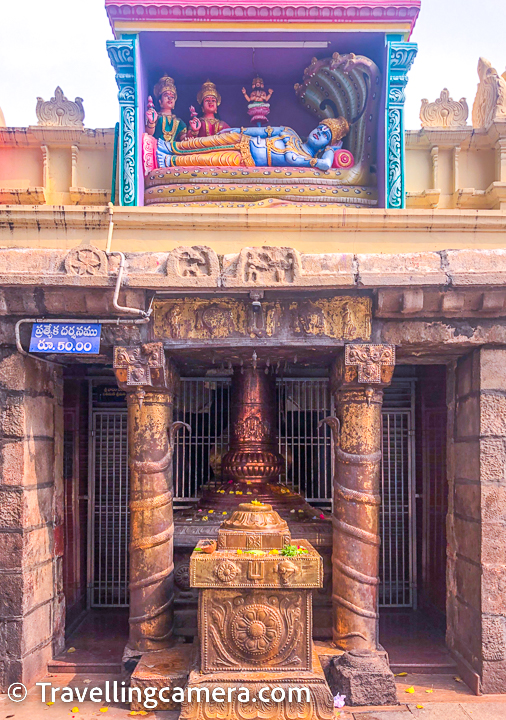
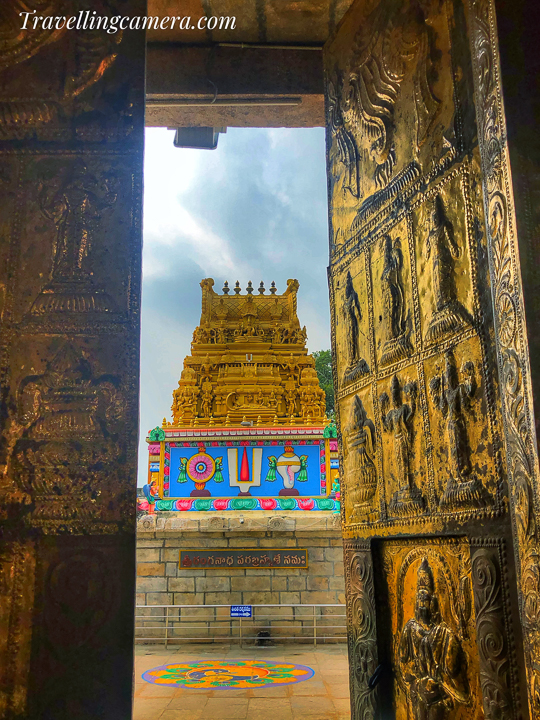


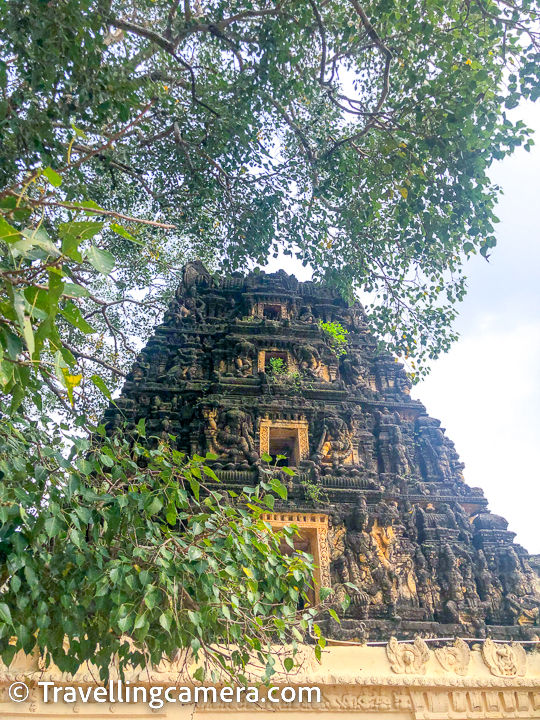


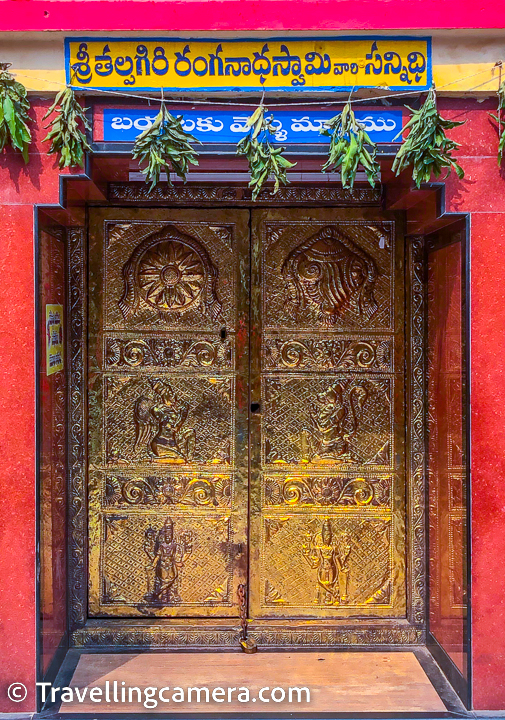




%20to%20see%20the%20Danish%20fort%20in%20Tamilnadu%20state%20of%20India-3.jpg)

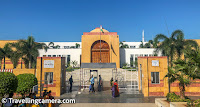







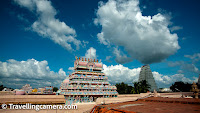


.jpg)
Comments